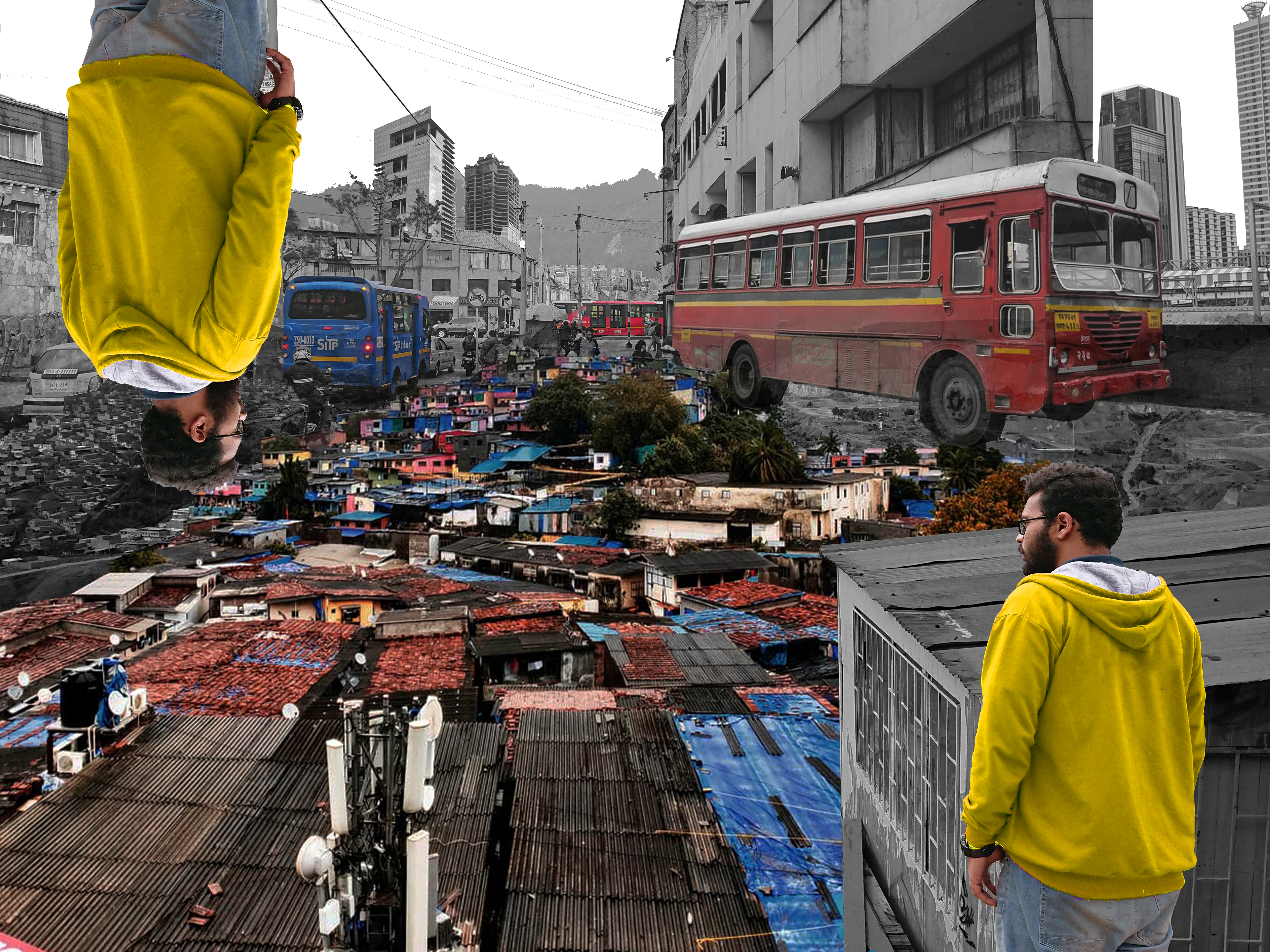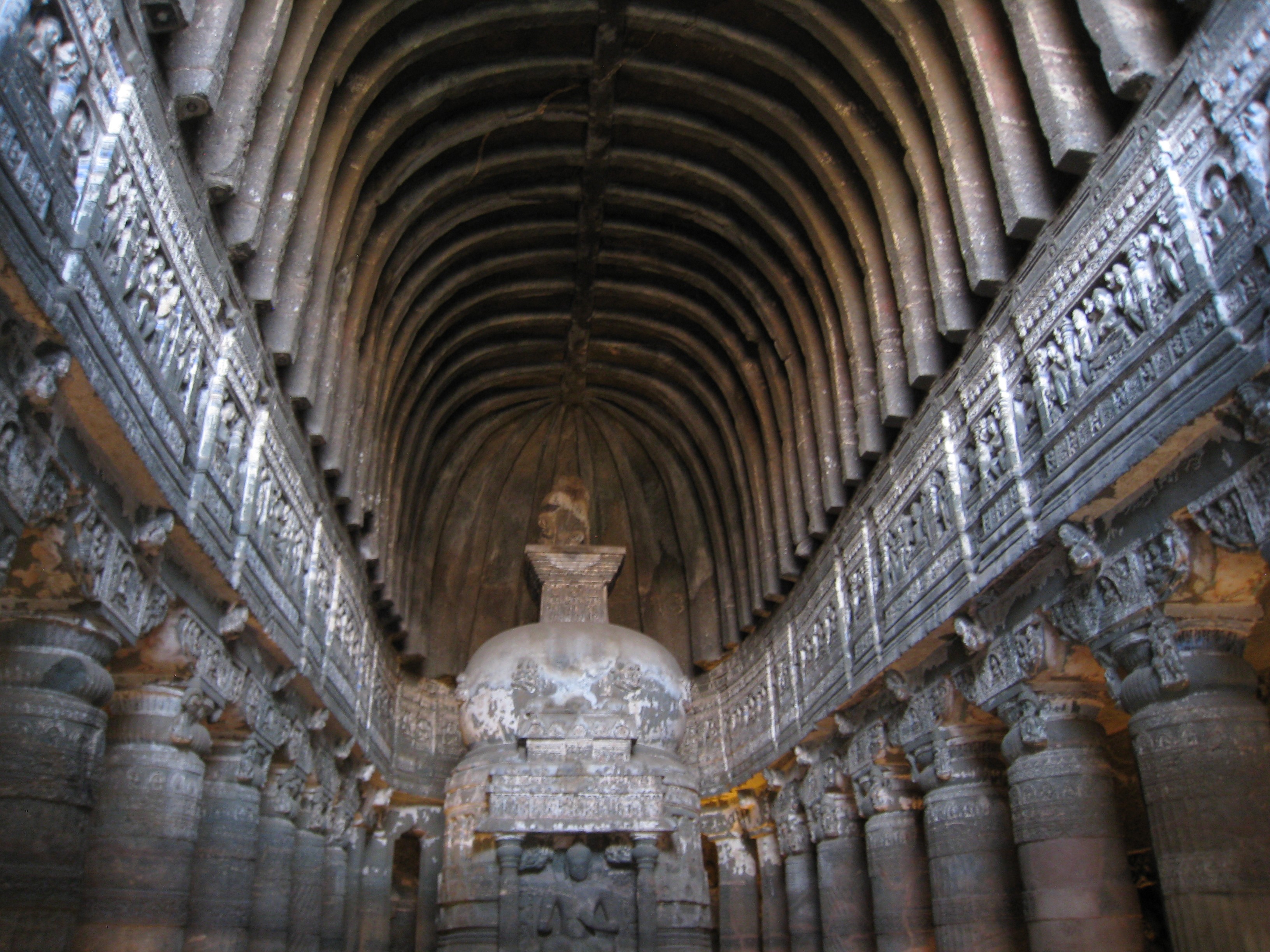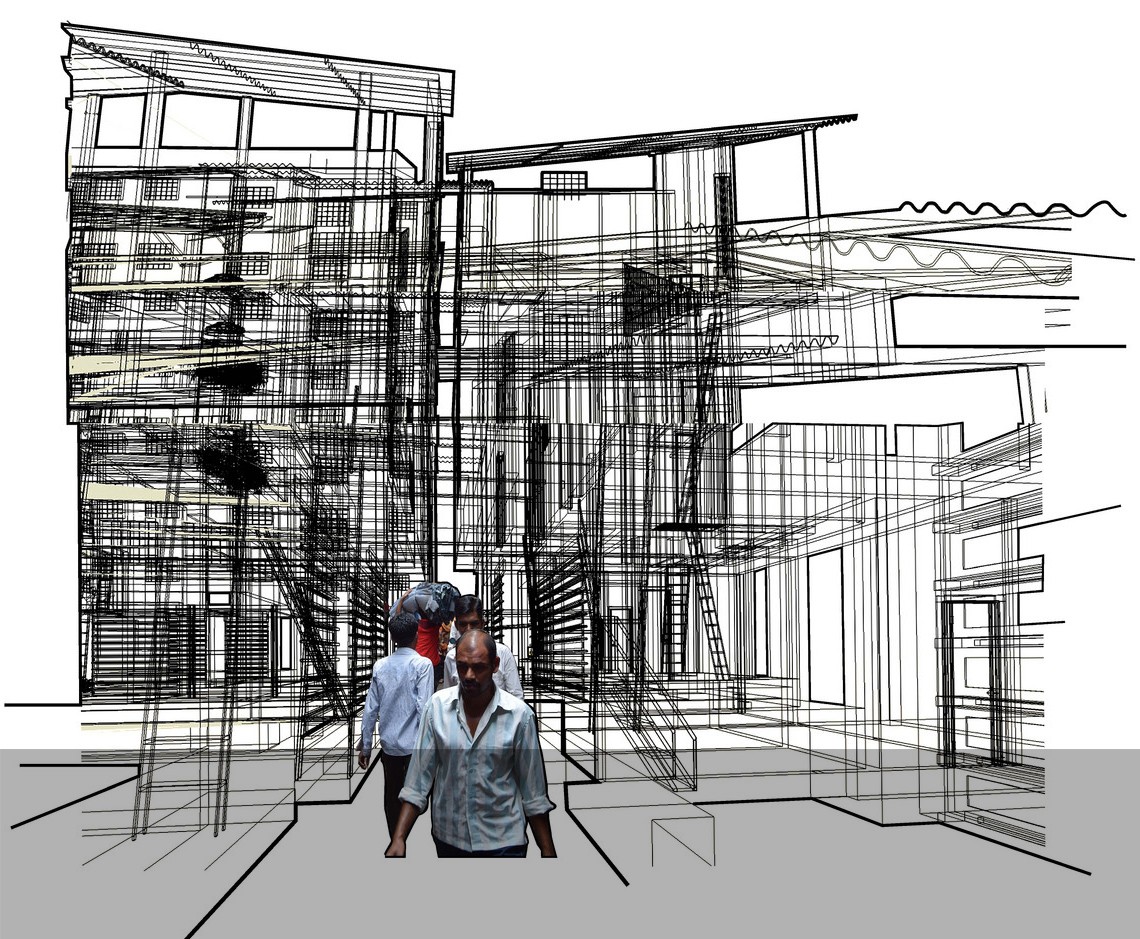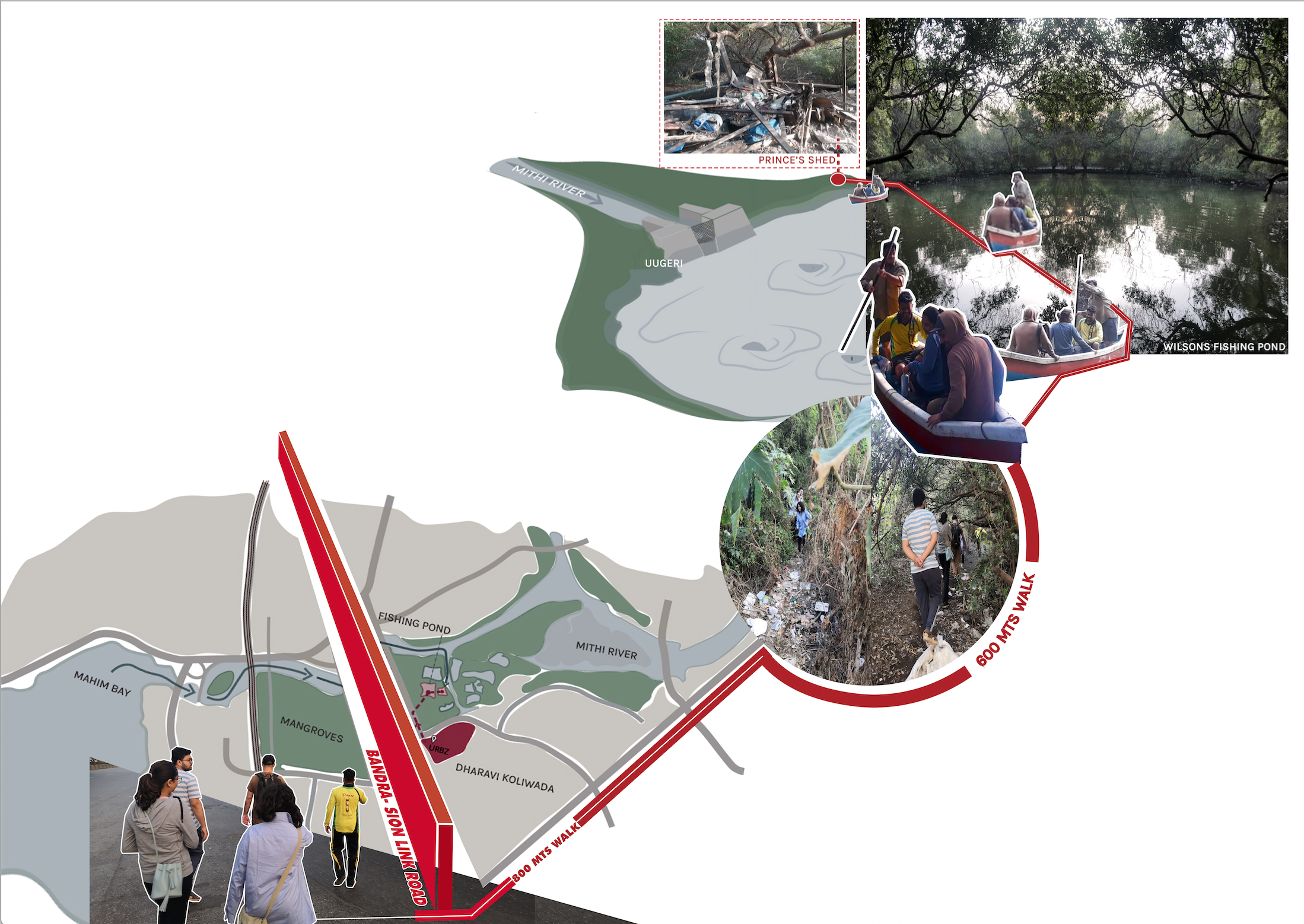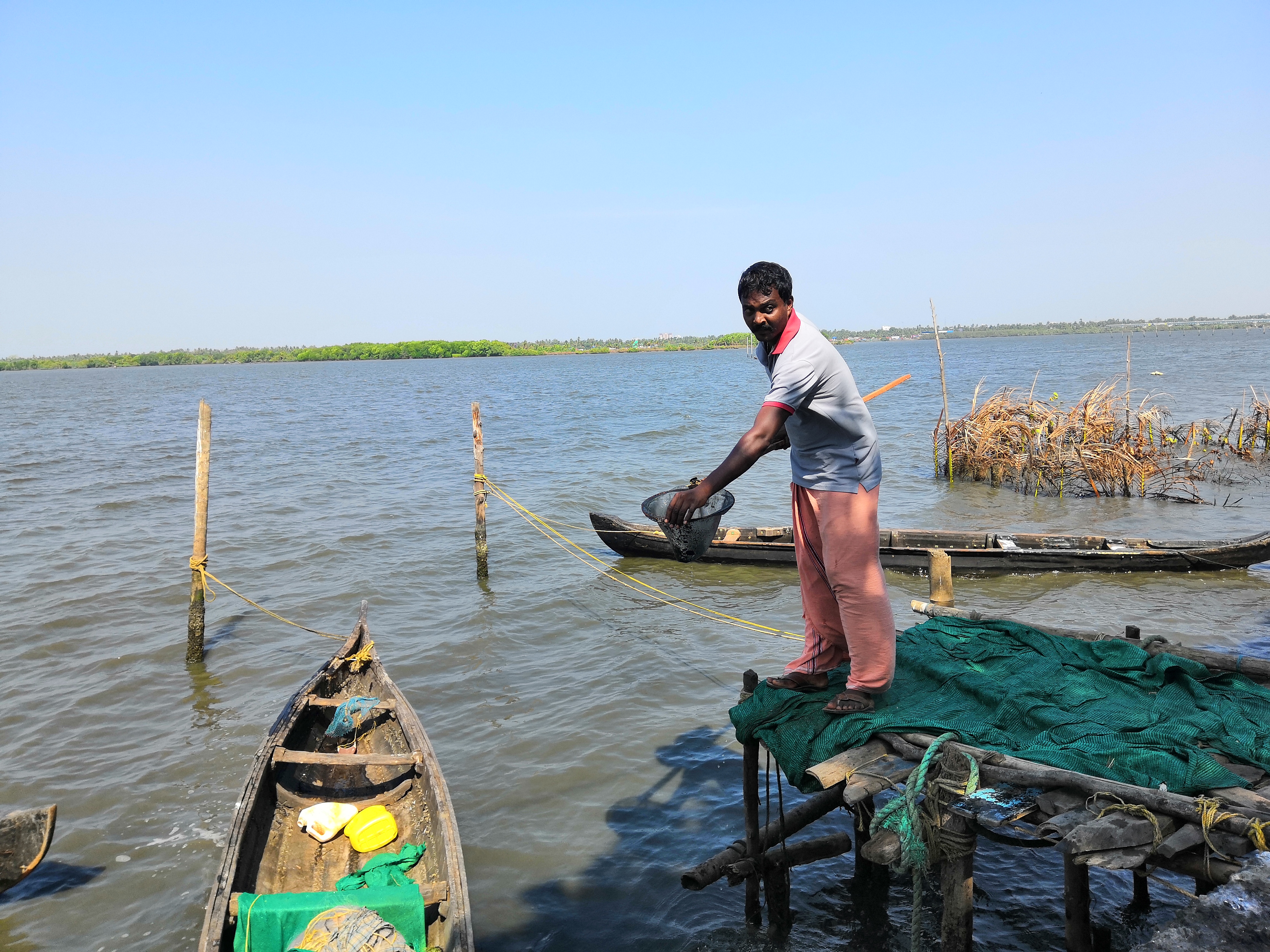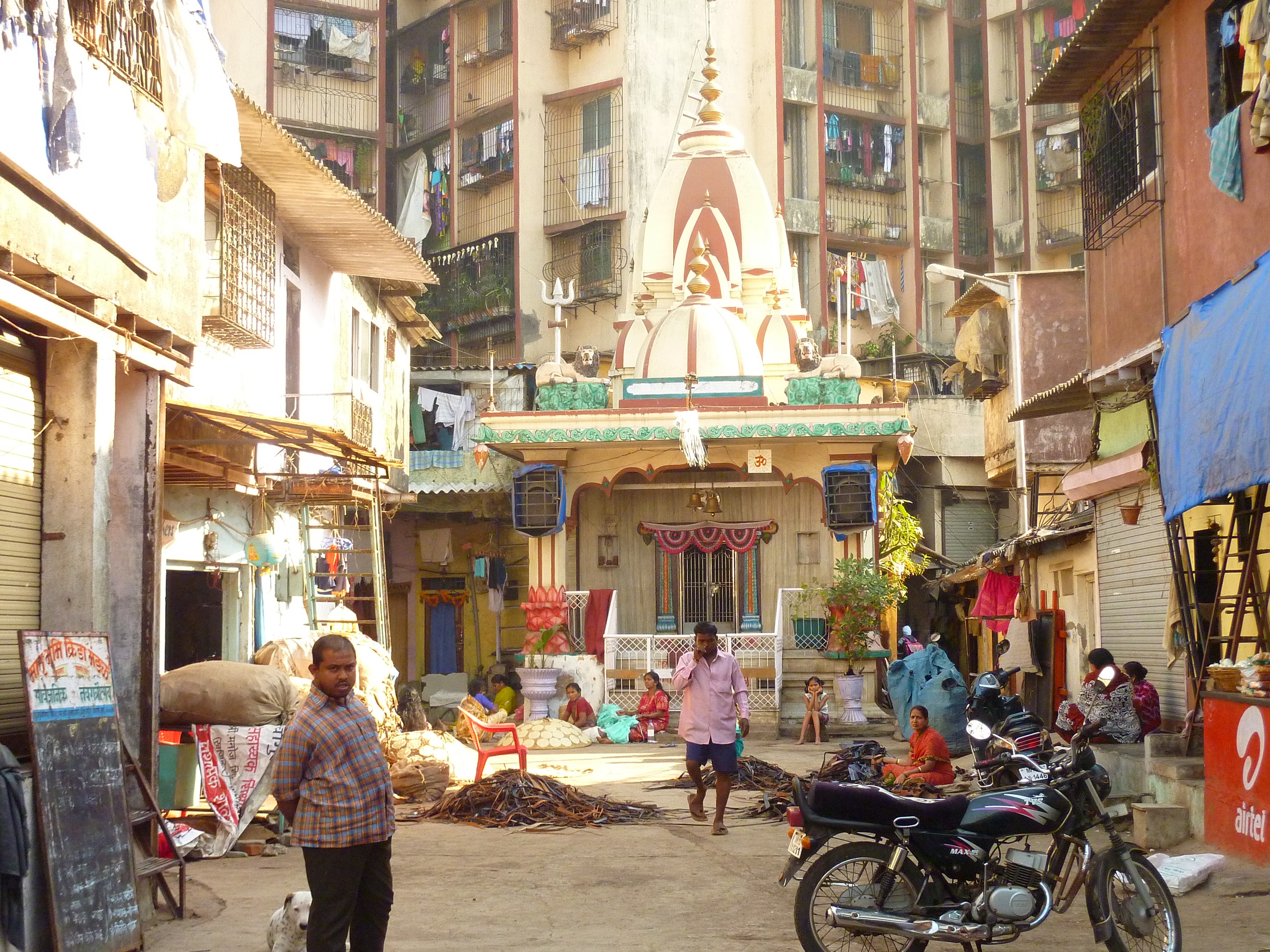Research and The Outer World
Research and The Outer World
Centre for Scientific Research in Auroville, established in 1984, sits comfortably in the spiritual environs of the forest city dedicated to a way of living that now seems futuristic, desirable and practical in these environmentally fraught times. The centre focuses on sustainable energies and uses the best of scientific methodology infused with a compassionate understanding of natural processes and environmental concerns. It has worked in the field of construction and energy for several years now. Its director, Tency, arrived in Auroville when it was still barren land, barely three years after it was established. Its founders knew that the barren land needed the most basic of infrastructure – trees and a water body – and in the spirit of the best technological engagement began a major afforestation programme fighting all kinds of odds, from straying cattle, to fuel gatherers from the neighbourhoods. In the most fantastic story ever, you see how the forest and the city grew together and made Auroville a fascinating experiment that has now the potential of inspiring more such forest-cities all over the world.
The centre itself shows how such cities do not have to be oases in a desert or isolated worlds. Through new kinds of research suggestions it feeds back ideas and technologies that can be integrated into local markets and become part of the regular technologies. This is of course no easy task. It is one thing to evolve ideas and solutions in a controlled condition and quite another to integrate it in an economy and world of practice that work at a different scale. The research process is often long and expensive and as a result inventors like Tency are interested in collaborations with larger groups that can help them with both research and application. However, in this process the question of integrating these innovative technologies to the contexts in which a majority of the people already live gets defeated. They end up being used only in masterplan type situations where they can be integrated to the project from the outset. Not bad but not enough.
We got into an interesting conversation with Tency and our Alexis of Lafarge’s Affordable Housing unit regarding a local water purifying system that creates a bonsai tornado effect in sewage water and uses the chemical reaction as a basis for exorcising smell and purifying the water to a degree that in can be used successfully for non-potable uses. This experimental system has already been picked up by large housing projects in Bangalore. Our interest was seeing if this technology can help conserve and recycle sewage water in water-scarce neighbourhoods that have been incrementally built. It would be mandatory for the process to be financially viable at a local level in these neighbourhoods. Given the government’s antagonistic stance towards self-built neighbourhoods, the market seems to be the only viable entry point. Tency felt that it would well be worth a try and looks forward to doing a joint project.
Our second stop at CSR was at another founder member of Auroville, Satprem Maini of the Auroville Earth Institute. Satprem is a soft-spoken French architect dedicated to the magic of mud. He too warmed up to the possibilities of making mud-based architectural solutions more commercially viable by working with large companies as long as they promoted this substance-use. Our own concern tends towards mixed-media – to borrow a term from artistic endeavours – but we are genuinely enthusiastic of a range of materials, mud too, which has huge advantages in terms of weather and cost. What we came across was this observation by these stalwarts of mud-use; in India the cultural resistance to mud, reflective of low-status, is extremely strong. At the end of the day, it will be up to residents and contractors in self-built neighbourhoods to decide what works best for them. The answer is likely to be a remix of whatever materials are locally available. Improving the distribution of high-quality and sustainable materials is a way to positively influence local development without disturbing existing dynamics.
